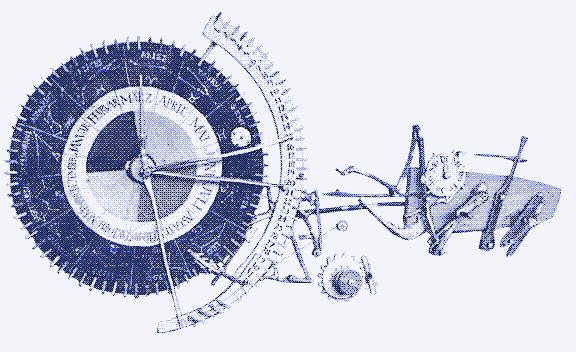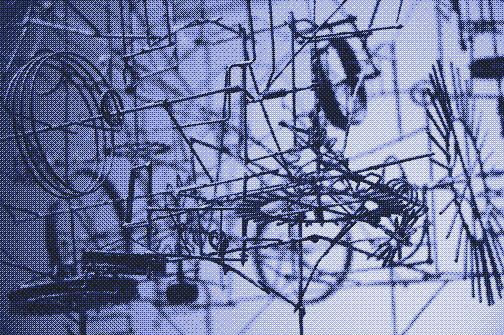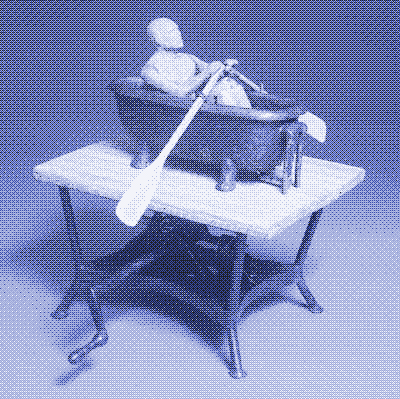
Our fascination with sophisticated technology lies at the core of many of our present-day problems. Yet, it need not be. By definition, technical virtuosity doesn’t need to result in yet another electronic gadget or an even faster accelerating sports car. It can also lead to stunning yet completely harmless artefacts called “automata”.
These are mostly hand-cranked machines that can be extremely complex, often with the only purpose of astonishing the spectator. Automata have been built for more than 2,000 years, but contemporary artists have elevated the craft to a higher level. Aside from their emotional value, automata offer a glimpse of a future, post-oil technology.
There is a lot to say about the history of automata, but it is the modern work that gets attention here. Contrary to the examples that can be found in museums and old documents, present-day automata do not try to hide their internal mechanisms. The purpose of an automaton is no longer to make a mechanical copy of reality. Today, builders of automata want to evoke emotions, they want to make us dream.
Hand-cranked
The often fragile combination of gears, wheels and wires, as well as the sounds they make, are now an important part of the whole. Yet, automata are no Rube Goldberg machines, in which the mechanisms have been made needlessly complex. The mechanism of an automaton can be extremely elaborate, but never needlessly so. The makers of automata are not mocking technology, they are celebrating it.

However, they celebrate another kind of technology than the one we have grown accustomed to. Automata make use of simple materials, often wood and/or iron. Some contain scavenged materials. Most automata are hand-cranked, some are driven by wind, water or a small electric motor. None of them incorporate electronics. Embodied and operational energy use are almost zero.
Medieval millwrights
Automata show that complexity and sophisticated technology can go hand in hand with the simplest of materials and the lowest possible energy use. In other words, they prove that engineers can still really let themselves go in a post-oil world.
On a purely technical level, the building of automata requires an ingenuity which is closely related to that of a medieval millwright. These builders of watermills, windmills, and lifting devices also succeeded in constructing machines which performed many diverse, complex and precise operations with the use of very basic materials and limited energy sources.

This analogy is interesting, because contrary to watermills, windmills and human powered cranes, automata have been developed further throughout the twentieth century. This means that they can teach us some unique things when it comes to designing future technologies.
Enough said. Automata should be watched when they come alive. Pictures and words don’t do them right. For the layman, it’s hard to conceive how one simple twist of a hand crank can launch so many different movements at often unpredictable time intervals. Check out the videos and links below.
Links :
- Carlos Zapata
- Keith Newsteadt
- Arthur Ganson
- Spiel und Kunst mit Technik (Kugelbahn). Blog.
- Lezard Méchanique. Blog.
- Makezine (tag toys & games). Blog.
- Automata and Automaton links (Dug North). More automata links.
- Automata Links (Kugelbahn). More automata links.
- Cabaret Mechanical Theatre. More automata links.
- Theo Jansen. Wind powered automata.
- Royal de Luxe. Giant marionettes.
- Jean Tinguely. Kinetic sculptures.